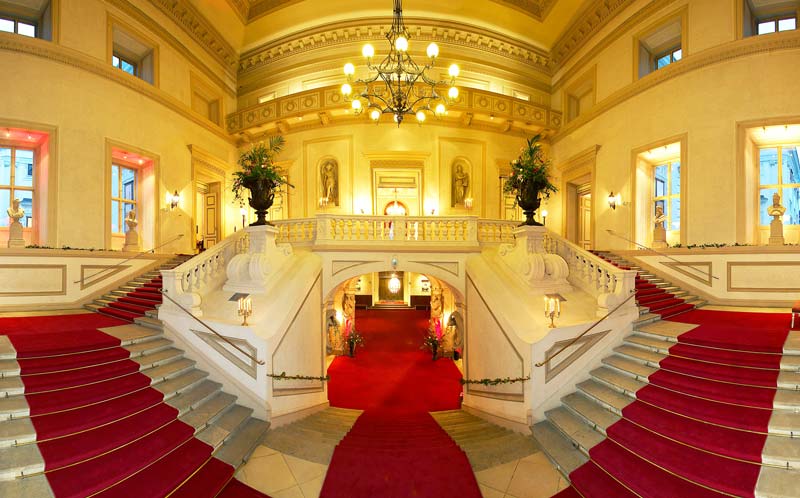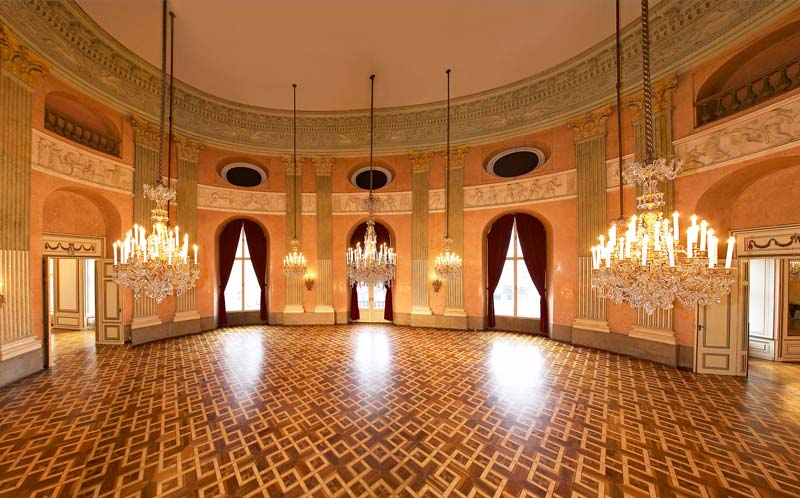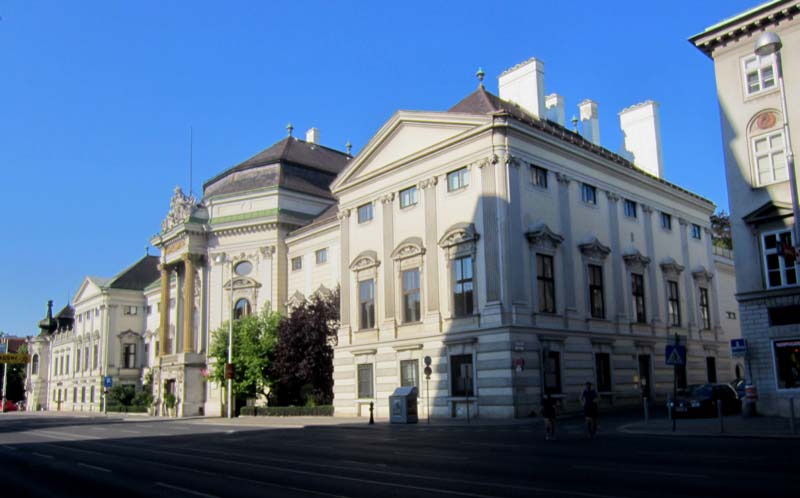Th Auersperg Palace is a splendidly dignified but at the same time graceful baroque palace, with a 600 m2 private park. It has been the home and “residence” of the Vienna Residence Orchestra since its foundation. They perform most of their daily concerts here. Music has always been the invisible center of the palace. From Christoph Willibald Gluck, through Joseph Haydn and W. A. Mozart, who like many other musicians, composed for world premieres in the palace, the arc stretches to Richard Strauss, whose opera “Der Rosenkavalier” was inspired by the palace. The palace was built in 1706 by Giovanni Christiano Neupauer, according to plans by Johann Bernhard Fischer von Erlach for Hieronymus Capece di Rofrano. In 1777, ownership passed to the Auersperg dynasty. It has always been a meeting place of European nobility and politics. After years of hosting the resistance movement, the palace was the seat of the first Austrian government after the Second World War in 1945.
Auersperg Palace
Auersperg Palace
The Auersperg Palace is a splendidly dignified but at the same time graceful baroque palace, with a 600 m2 private park. It has been the home and “residence” of the Vienna Residence Orchestra since its foundation. They perform most of their daily concerts here. Music has always been the invisible center of the palace. From Christoph Willibald Gluck, through Joseph Haydn and W. A. Mozart, who like many other musicians, composed for world premieres in the palace, the arc stretches to Richard Strauss, whose opera “Der Rosenkavalier” was inspired by the palace. The palace was built in 1706 by Giovanni Christiano Neupauer, according to plans by Johann Bernhard Fischer von Erlach for Hieronymus Capece di Rofrano. In 1777, ownership passed to the Auersperg dynasty. It has always been a meeting place of European nobility and politics. After years of hosting the resistance movement, the palace was the seat of the first Austrian government after the Second World War in 1945.







